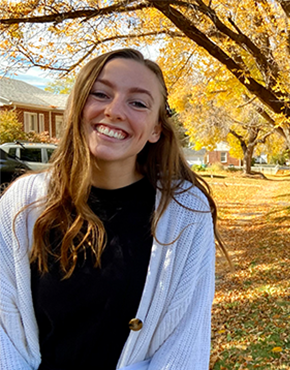Textbook Reading Made Easy

I’m just going to say it: reading textbooks is intimidating. I mean those things are massive, and in the back of your mind you’re always wondering, “am I just wasting my time?” I’m here to tell you that we’ve all been there. I’m also here to tell you that there IS an effective way to read your textbook. We’re going to dive into some helpful tips so you can get the most out of your textbooks. We’ll also talk about some myths and things that might actually be hurting you more than helping you.
The best way to read your textbook is by using the SQ3R method.
SQ3R
S: Survey! Take a look and SKIM your assigned reading at least 24 hours before your class or before your reading assignment is due. This entails looking at headings, subheadings, images, pictures, graphs, charts, and questions at the end of the chapter. Get familiar with the material, but don’t take forever looking at it. By skimming before doing anything else, you are able to grasp and understand the basics of what you will be reading. You’re basically priming your mind for the information.
Q: Question Write down any questions you may have as you are surveying the chapter. If you can’t think of any questions to write down, make questions out of the headings and subheadings. As you read the textbook, try to answer the questions that you came up with! This can also be a very useful strategy for practicing different kinds of questions that you may run into during a test.
R: Read NOW go through and read the chapter. The key to success here is to make sure that you are actively reading! Pay attention to bolded or italicized words and be sure to read subheadings and captions by the pictures and graphs. Oftentimes professors can make test questions about these!
R: Recite Stop section by section and restate in your own words what you just read. It is like a test at the end of each section.
R: Review If you don’t review right after you finish, you’ll forget a TON. Do the same thing that you did when you first surveyed the chapter. Look at bolded words, pictures, graphs, headings, and subheadings, and make sure that you have a good understanding of the material in that section.
If you do these things, you’ll be in pretty good shape in terms of your textbook! The other thing to keep in mind is you need to pay attention to your professor. They will be able to tell you more about whether your textbook will be important for exams and what things in the textbook you need to pay attention to in order to be successful.
TAKE A BREAK!
I took a class during Spring 2021 and it had a crazy amount of reading. I’m being serious when I say that I had 200 pages of dense textbook reading to do every week, and it was exhausting. Something that helped me as I read was taking frequent breaks. I would read and study for thirty minutes at a time, and then I would take a five-minute break. (This is called the Pomodoro Method.) During those five minutes, I’d get up and move, do some jumping jacks, or drink some water. This was absolutely critical for my comprehension of the textbook! When I didn’t take breaks, I would drift off, get distracted, and not comprehend the material as well as I needed to. These five-minute breaks were the difference between success and failure in my assigned reading.
PRACTICES TO AVOID
Highlighting: Have you ever been highlighting your textbook and just ended up highlighting absolutely everything on the page? I’ve been there too. Turns out, this isn’t very effective! It is a rather passive way of learning the information. Instead, try a more active approach! Instead of highlighting information, try writing notes in the margin to summarize the material and why it is important! This will help you actively read and study the material.
Reading it Straight Through: Don’t just sit there and read and read and read until you want to give up. You won’t comprehend the majority of what you read and you’ll forget it all after. If you want to be successful and effective with your textbook reading time, follow the tips outlined above.
Only Skim the Book: While this is an important part of the reading process, it is not enough to JUST skim–we will never get enough if we merely skim. It is important to actually read and comprehend the material so we can get the big picture.
YOU GOT THIS!
Textbook reading can be hard and daunting, but these tips and tricks will help you improve. As you put these tips into practice, you will notice a definite improvement in your textbook reading. I know this because I have noticed a big difference in my understanding of my textbooks. I went from falling asleep reading my books and not getting anything out of them to being able to really get the most out of these valuable resources! The information inside my textbooks has helped me in my academic life a ton! I’ve been more prepared for class, and I’ve gotten better grades on my exams. Not to mention I’ve come to enjoy the information that I am learning about more as I have read my textbooks effectively! I know you’ll be able to see a positive difference in your life as you apply these tips and tricks as I did!
For more tips, resources, or to schedule a session with a coach, check out our Academic Peer Coaching.
About The Author

Back to Blog
